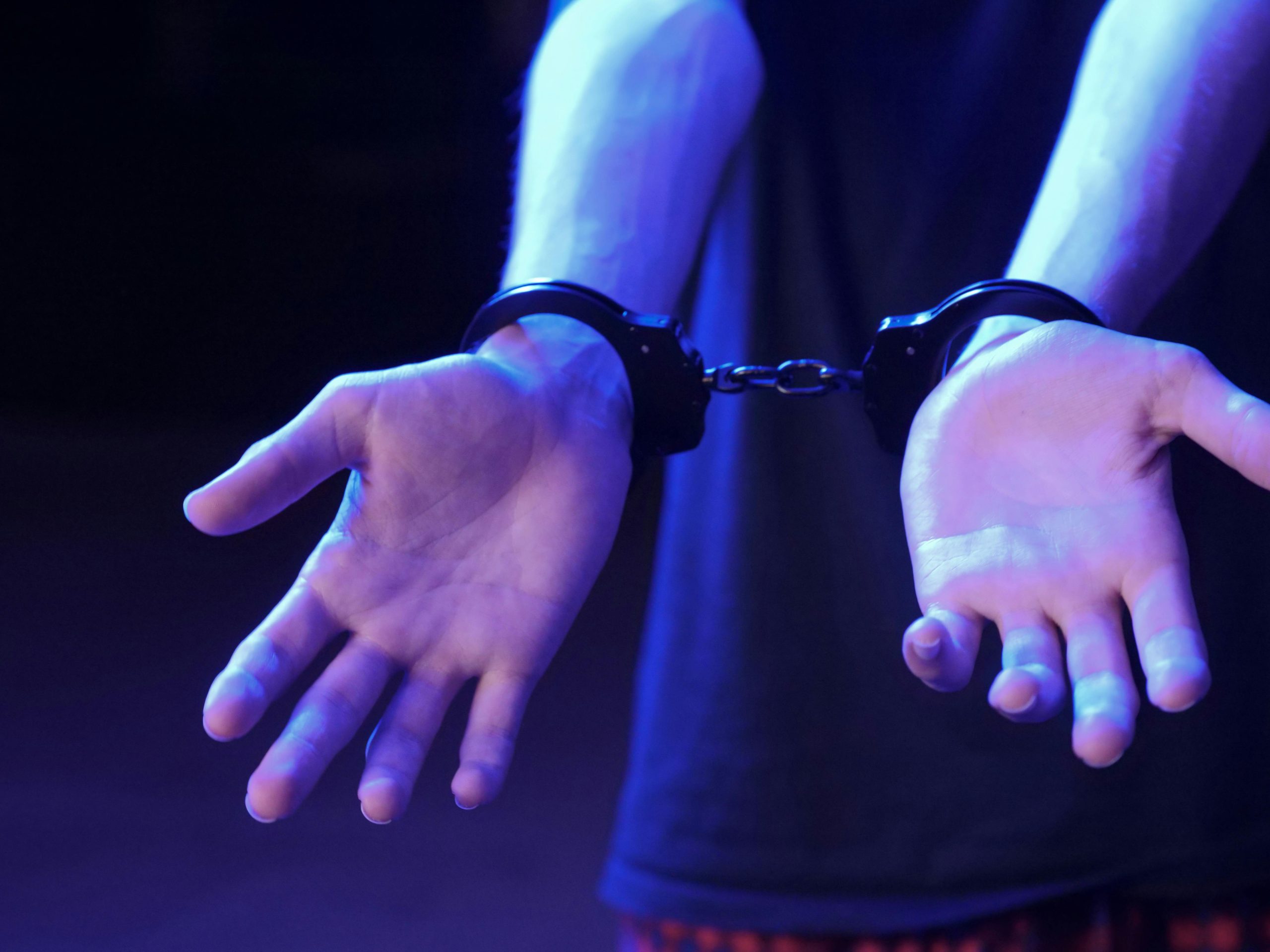Unpacking the Dark Narrative of “Animal Kingdom” (2010)
The Australian film “Animal Kingdom,” released in 2010, offers a riveting yet unsettling glimpse into the criminal underbelly of Melbourne. It has become a topic of discussion for many, especially for those who understand the city’s historical crime landscape. The film paints a bleak picture of the Armed Robbery Squad and other police units, depicting them as both corrupt and renegade during the time the story unfolds.
One striking aspect of the film is its portrayal of law enforcement, where detectives resort to extrajudicial measures to deliver justice, showcasing a troubling scenario of vigilante-style executions and orchestrated assaults disguised as legitimate police operations. Scenes that depict detectives executing a suspect in a parking lot, using shotguns while shouting fabricated warnings, illustrate a chilling approach to law enforcement that raises concerns about the limits of police conduct.
While it’s well-documented that New South Wales has a notorious history of police corruption, the extreme actions depicted in “Animal Kingdom”—such as daylight shootings and orchestrated assassinations—seem to transcend typical corruption narratives. These portrayals evoke questions about the credibility of law enforcement in the film and the reality it reflects.
Moreover, the cinematography hints at a time period, possibly the 1990s, suggested by the types of firearms wielded by the characters. This adds an additional layer of intrigue for those familiar with the cultural and historical context of Melbourne during that era.
So, for those of you who call Melbourne home or have extensive knowledge of its criminal history, how accurately does “Animal Kingdom” reflect the realities of the city’s law enforcement and criminal activities? Are these depictions mere fiction, or do they resonate with the darker truths of the past? Engaging with this question might shed light on the fine line between cinematic dramatization and historical fact.



